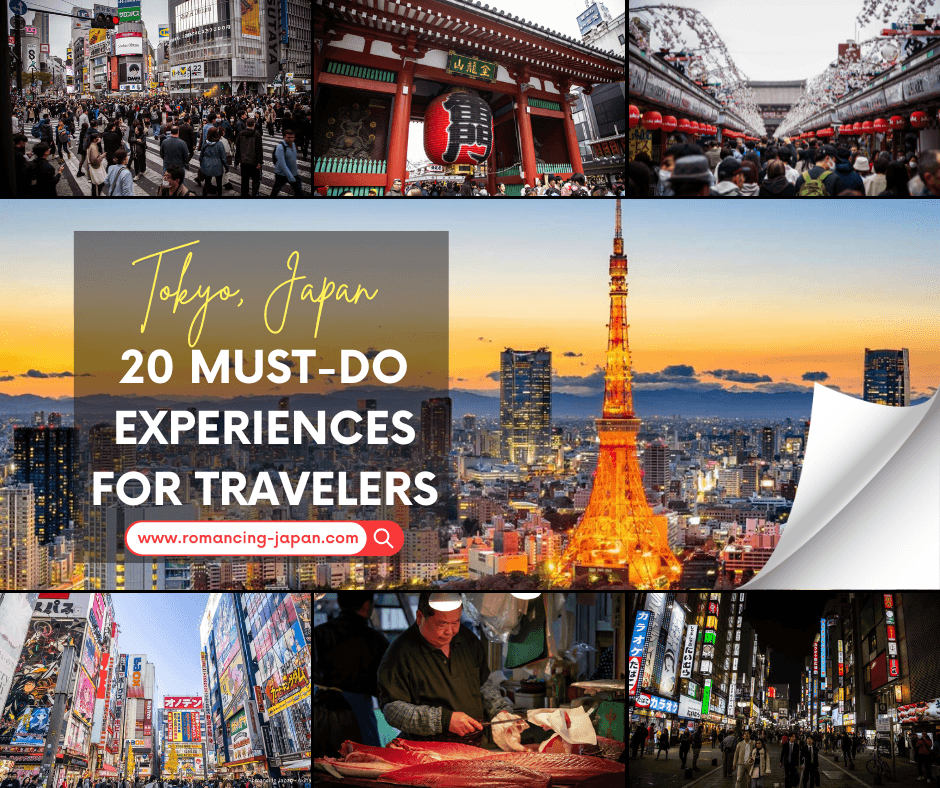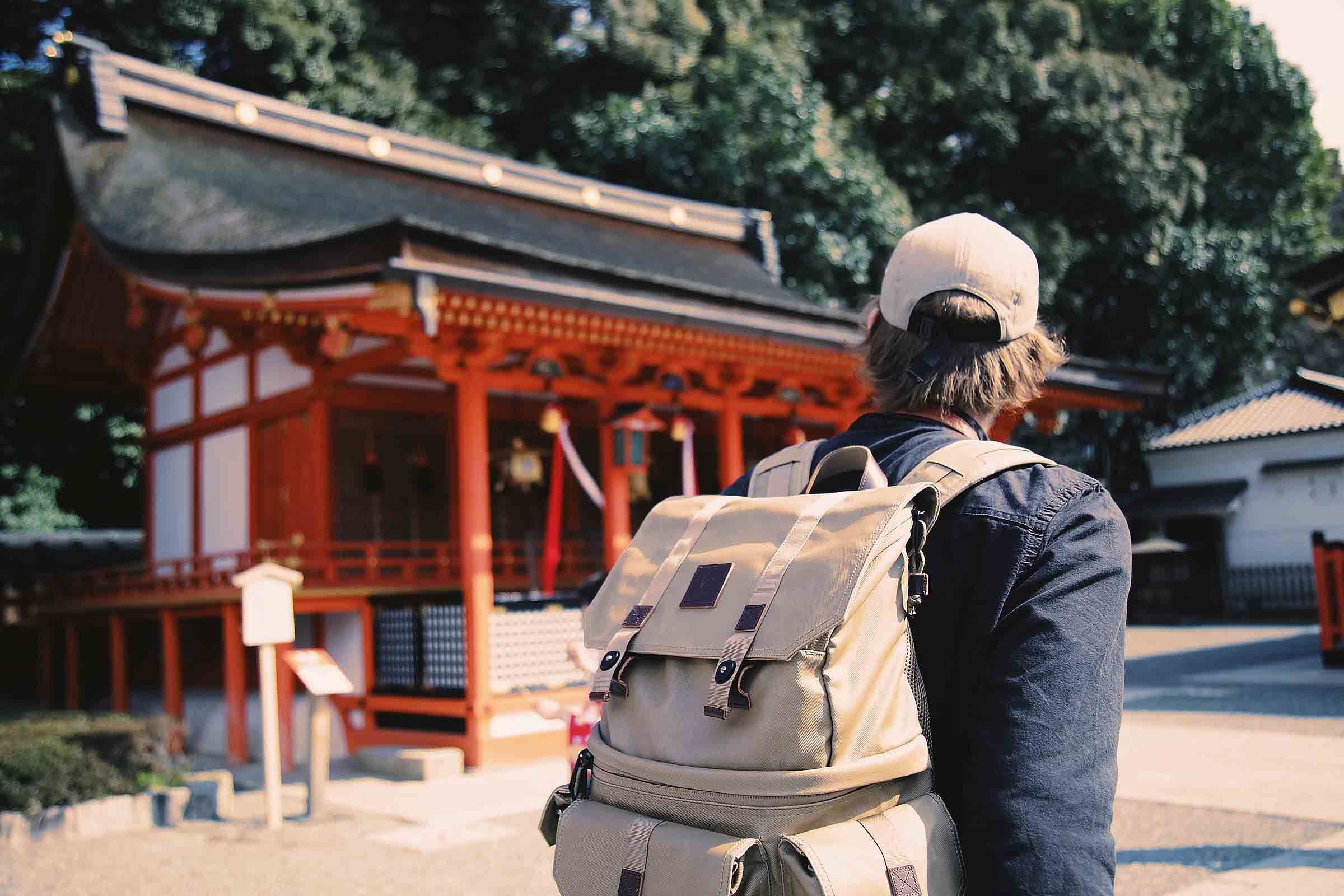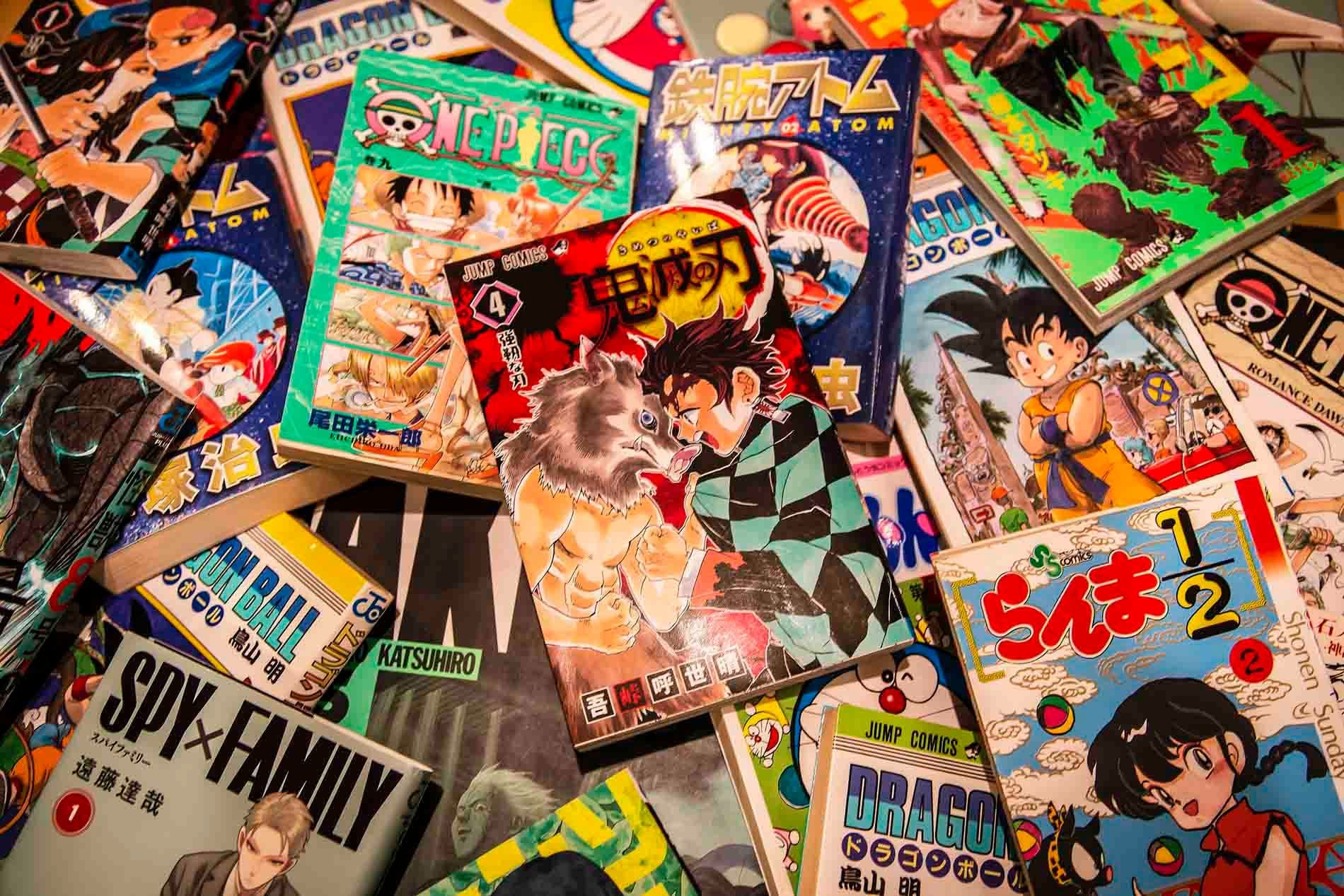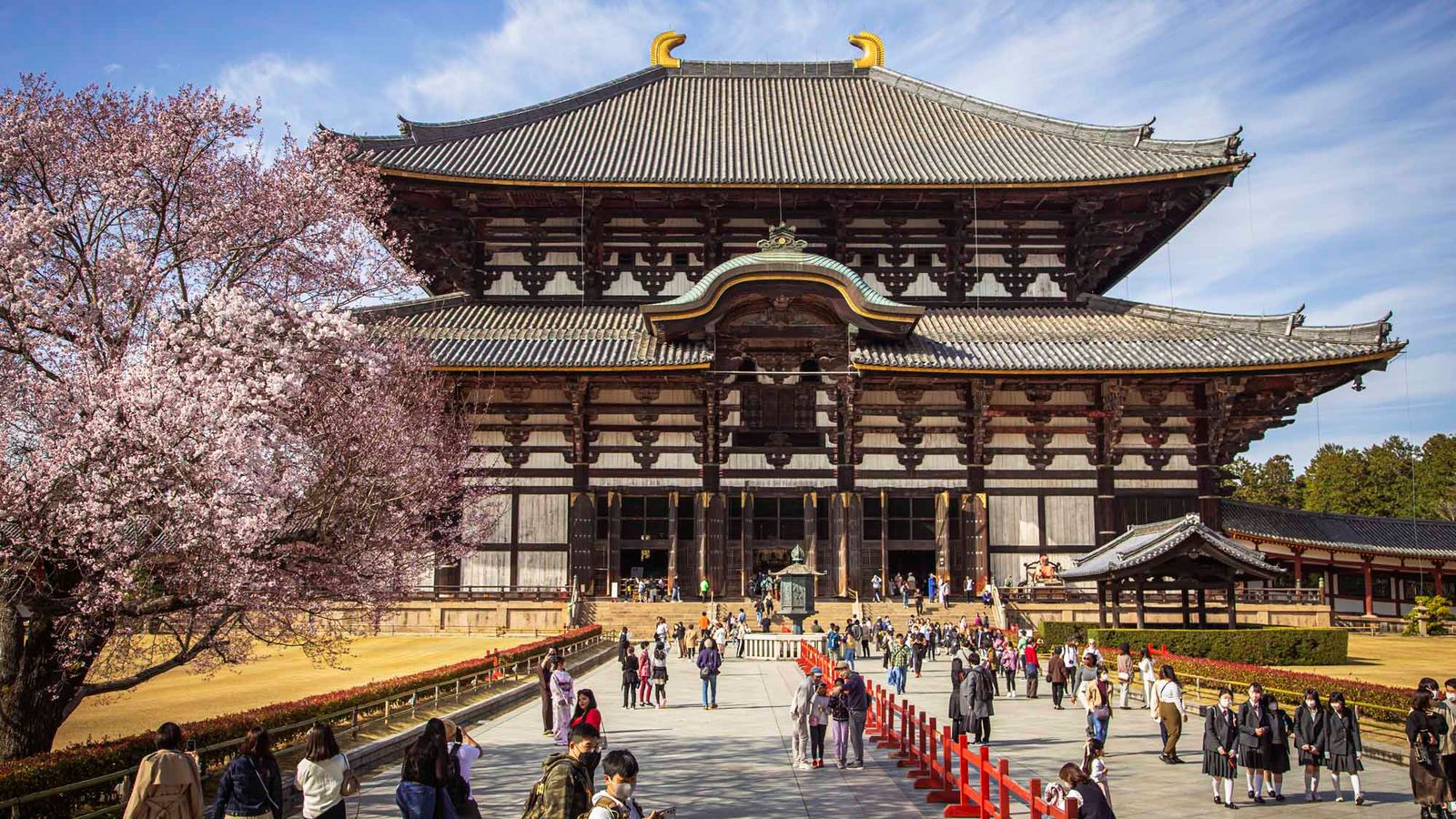
A Guide to a One-Day Tour of Nara: Japan’s First Capital
James Saunders-Wyndham

James Saunders-Wyndham
Table of contents:
Nara is an ancient cultural heartland that predates Kyoto and Tokyo, standing as Japan’s first permanent capital. It’s a historical and spiritual landmark, home to sacred temples, wandering deer, and lush gardens that showcase Japan’s early cultural development.
Unlike the bustling streets of Kyoto or Osaka, Nara exudes a quiet elegance, offering visitors a more serene experience, where history comes alive in tranquil Zen temples and nature-filled parks.
If you’re short on time, a day trip from Kyoto or Osaka is a perfect way to experience Nara’s highlights—but if you can, consider staying overnight to truly immerse yourself in its magic.
Local Insight:
Where to Stay: Looking for a ryokan stay near Nara Park? Find top-rated accommodations on Booking.com or Agoda.
Unlike Kyoto, which often feels overcrowded with tourists, Nara offers a more intimate cultural experience. With its UNESCO-listed temples, sacred deer, and well-preserved historical sites.
Nara was Japan’s first permanent capital established during the Nara period (710–794 AD). Nara is also the birthplace of Buddhism in Japan and a treasure trove of ancient art and architecture.
Here are some highlights you shouldn’t miss:
Local Insight:
Want a local experience? Consider joining a walking or bike tour to explore Nara’s hidden gems. Book with Viator or GetYourGuide.When planning your visit to Nara, it's essential to know how to get there efficiently to make the most of your time exploring this culturally rich city. Here's a breakdown of the routes from Kyoto, Osaka, and Tokyo.
Nara is easily accessible from Kyoto and Osaka, making it an ideal day-trip destination.
Local Insight:
Get discounted Shinkansen (bullet train) and train passes in advance through Klook. Otherwise, you can book a 7-day or 14-day Japan Rail Pass to travel around Japan.Traveling from Tokyo to Nara is feasible as a day trip, but it’s a long journey.
Local Insight:
Stay overnight in Kyoto or Osaka and make an early start. Find last-minute hotel deals on expedia.com.


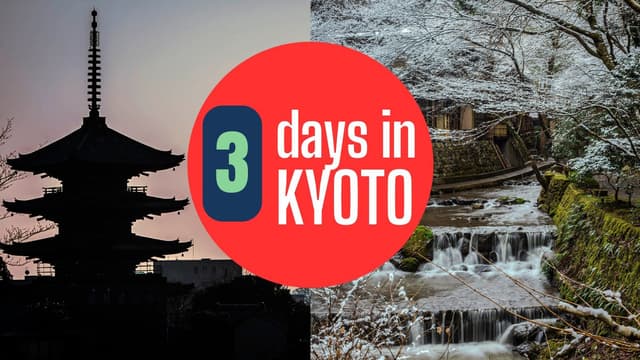
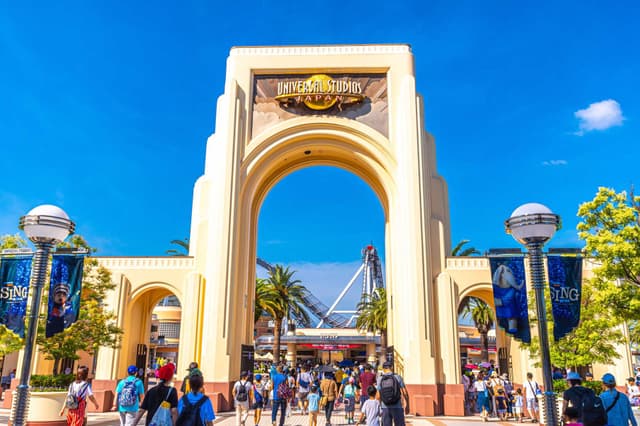


Despite its status as an ancient capital, Nara is surprisingly compact and easy to navigate, making it one of Japan’s most accessible historical cities. Whether you prefer a stroll, a scenic bike ride, or a comfortable guided tour, there are plenty of options to suit your travel style.
For those who love slow travel and want to take in the scenery at their own pace, renting a bicycle is one of the best ways to experience Nara. Bicycle rentals are available at both JR Nara Station and Kintetsu Nara Station, with various options including electric bikes for added convenience.
🚲 Reserve some e-bikes to ride through Nara with affiliate this Klook link. 🚲
Given its compact size, many of Nara’s most famous landmarks—including Tōdai-ji, Kasuga-Taisha, and Kōfuku-ji—are all within walking distance from one another. Exploring the city on foot allows for spontaneous discoveries, like charming local shops in Naramachi or quiet backstreets filled with historical ambiance.
For those who prefer a more structured experience, hiring a taxi tour is a great way to cover more ground comfortably and efficiently.
Local drivers often double as guides, offering rich historical insights into each site. This is particularly useful for travelers short on time or those wanting to dive deeper into Nara’s historical significance without worrying about navigation.

Spread across 1,300 acres, Nara Park (nara koen - 奈良公園) is the heart of the city, seamlessly blending nature, history, and culture. It is home to some of Japan’s most significant temples and shrines, as well as the famous free-roaming deer that have become symbolic of Nara.
According to Shinto tradition, the deer in Nara Park are sacred messengers of the gods, which is why they are allowed to roam freely. You’ll find hundreds of them wandering the park, bowing politely to visitors in exchange for special 'shika senbei' (deer crackers), which can be purchased from vendors throughout the park.
While feeding the deer can be a fun experience, it’s important to be mindful—some deer can be pushy and persistent when it comes to getting their snacks!
A Realistic Take: Some visitors find the deer charming, while others see them as grumpy and aggressive, particularly when they expect food. While they add to the unique atmosphere of Nara, it’s best to approach them with a bit of caution and respect.
Beyond the deer encounters, Nara Park is one of the best places in Japan for a leisurely stroll or a scenic picnic. It’s particularly stunning in the autumn, when golden leaves blanket the park, or in spring, when cherry blossoms add a touch of pink to the landscape.

Kōfuku-ji Temple (興福寺) is one of Nara’s most important temples, with a history spanning over 1,300 years. Once the family temple of the powerful Fujiwara clan, it played a major role in Japan’s aristocratic and religious history.
Travel Tip: Kōfuku-ji is just a 5-minute walk from Nara Park, so it’s easy to visit alongside Tōdai-ji and Kasuga Shrine.

Tōdai-ji (東大寺) is Nara’s most famous temple and a UNESCO World Heritage Site. Built in 752 AD, it was designed to showcase the power of Buddhism and remains one of Japan’s most impressive historical landmarks.

Fun Fact: The current Daibutsuden Hall (built in 1709) is actually two-thirds the size of the original—imagine how massive it must have been!

Part of the Tōdai-ji temple complex, Nigatsu-dō (二月堂) is a peaceful hillside temple offering one of the best panoramic views of Nara. Despite being less crowded than Tōdai-ji, it holds deep cultural and spiritual significance.
Nigatsu-dō is famous for Omizutori (お水取り), a 1,200-year-old fire and water purification ceremony.
Best Time to Visit? Sunset! The golden light over Nara’s rooftops makes for unforgettable photos.

Kasuga-Taisha (春日大社) is Nara’s most famous Shinto shrine, known for its thousands of stone and bronze lanterns. Nestled within the sacred Kasugayama Primeval Forest, it blends spiritual tradition with breathtaking natural beauty.
Kasuga-Taisha is most famous for its twice-yearly lantern festivals:
Want a peaceful experience? Visit early in the morning when mist drifts through the forest—it feels timeless and sacred.
Inner Sanctuary – ¥500 Entry Fee (For a closer look at the sacred halls and bronze lanterns).
Nara is famous for its ancient temples, free-roaming deer, and rich cultural history. It was Japan’s first capital and is home to Tōdai-ji Temple, which houses the Great Buddha (Daibutsu). The city is also known for Kasuga-Taisha Shrine’s thousands of lanterns and Nara Park’s sacred deer, which bow to visitors.
Yes, Nara is definitely worth visiting, especially if you love history, temples, and nature. It offers a more peaceful atmosphere than Kyoto and is home to some of Japan’s most important UNESCO World Heritage Sites. With stunning temples, scenic parks, and unique deer encounters, it’s a must-visit for travelers interested in Japanese culture.
Yes! Most of Nara’s major attractions are within walking distance of each other. In one day, you can visit Tōdai-ji Temple, Nara Park, Kōfuku-ji, and Kasuga-Taisha Shrine while enjoying a relaxed pace.
The deer in Nara Park are used to people and will bow for crackers (shika senbei). However, they can be pushy if they think you have food, so be careful with snacks. If you're done feeding, hold your hands up to show you have nothing left.
Tōdai-ji Temple is Nara’s most famous site, featuring the Great Buddha (Daibutsu)—Japan’s largest bronze Buddha statue. The temple is a UNESCO World Heritage Site and has one of the largest wooden buildings in the world.
Loading Comments...

I've been immersed in Japanese culture and daily life for over 30 years and am proud to call Japan my home. Originally from Australia, my journey has taken me from teaching at Japanese universities to traveling extensively across the country, uncovering its hidden gems. As a web developer, I built Romancing Japan from the ground up to share these experiences with you. Whether it's the charm of old Kyoto, the pulse of Tokyo, or the tranquility of the countryside, I love helping others discover the magic of Japan—one story at a time.
